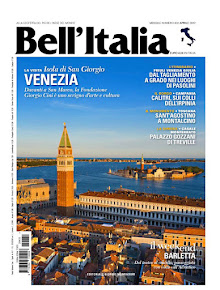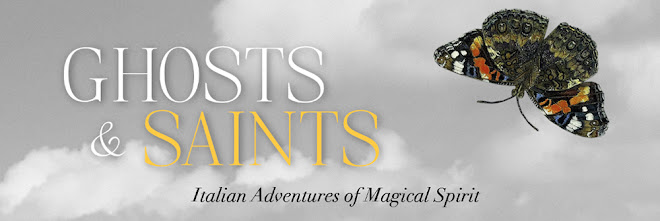“We go deeper in winter. Not to a garden, but a cave.”
The power of this place eluded me for a long while. Several levels below street level, dug deep into a natural hollow of volcanic tufa, with a wide side alcove tall enough to stand in, it is supported by two successive stone arches, one lower and older than the other, with square niches built in to hold transverse wood beams, three large cubby holes cut into the stone lined with mummu’l and brick and a well-packed earthen floor.
I didn’t know when I bought the house over the phone what or where the cave was, believing it some dark dank spider-web burrow to hold firewood rather than one of the best-preserved stone grottoes in this part of the village. It is the basement-level structural support of the centuries-old palazzo above it on via Concezione, the old pollaria, or poultry store. The quad-vaulted entrance is tucked up and out of view in a private vicolo void of inhabitants for years, but for my neighbor Antonietta. On the cantina’s stone facade, the blue-and-white porcelain Mussolini-mandated numero civico is still there: 14 vicolo Fontana.
With its cantina engineering, the arch of the entrance faces due east and is positioned high enough to allow four to five hours of rising sun a day. It is also directly in line with the circle olive grove in the San Benedetto Valley, as the crow flies, over the rooftops of via Fontana, where the princess tomb lay.
Shape-shifting boundary dwellers, swirling myth cycles; a veiled energy encircled me the moment I stepped in. The cantina was filled with decades of junk left by zia Concetta and her family. Her husband, once a skilled bricklayer and stonemason left a hoard of rotting wood and long-outdated materials stashed in the cantina’s alcove, in what was once the family donkey stall. Atop the soppalco, the mezzanine level that doubled as a sleeping loft, were layers of dust and dung-covered rotting planks of chestnut wood, walnut, and oak, some over an inch thick, a pair of ancient rush chairs, and, deep in the back wall under the natural tufa formations, a mangiatoia, or animal feeding trough, covered with years of fallen tufa sand and other debris.

I never went near it.
Excerpt From:
STILL LIFE LIFE WITH SAINTS, Italian Adventures of Magical Spirit
























